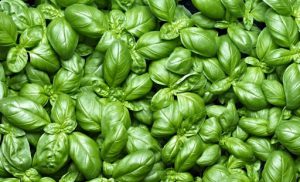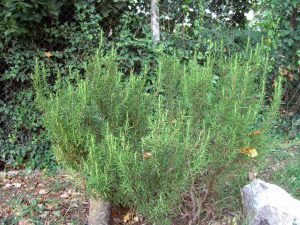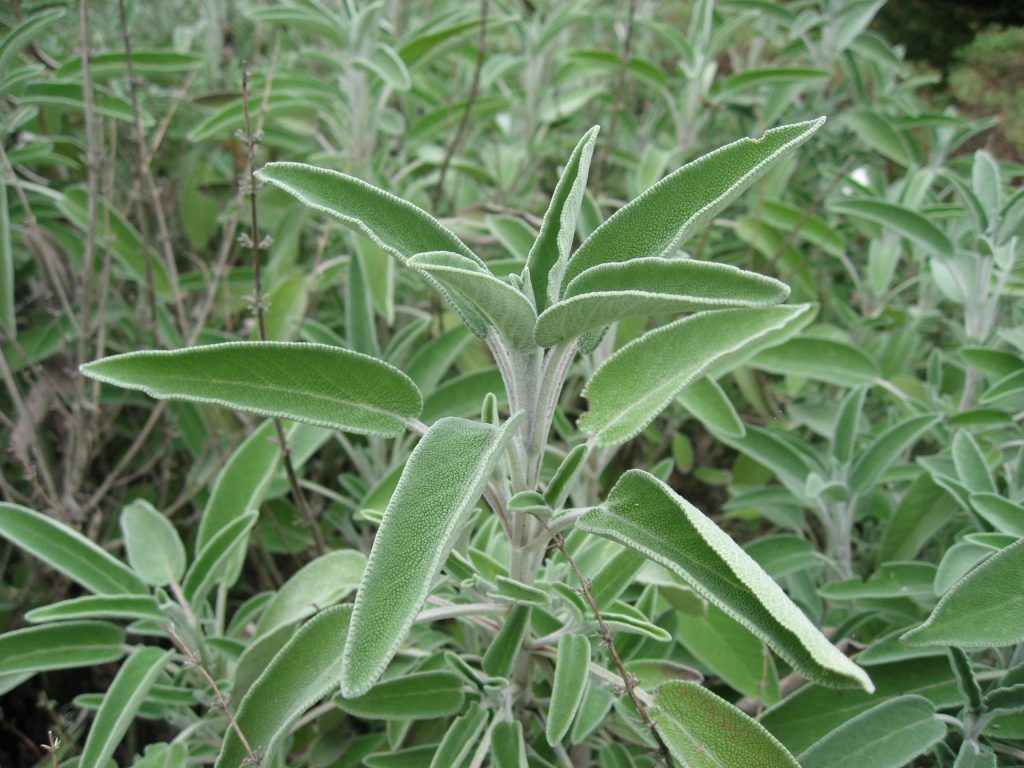
Basil: Basil is most commonly used fresh in recipes. In general, it is added at the last moment, as cooking quickly destroys the flavor. The fresh herb can be kept for a short time in plastic bags in the refrigerator, or for a longer period in the freezer, after being blanched quickly in boiling water. The dried herb also loses most of its flavor, and what little flavor remains tastes very different, with a weak coumarin flavor, like hay. Basil is one of the main ingredients in pesto—a green Italian oil-and-herb sauce. It’s also an essential ingredient in the popular Italian tomato sauce marinara.

Rosemary: Salvia rosmarinus, commonly known as rosemary, is a shrub with fragrant, evergreem, needle-like leaves and white, pink, purple, or blue flowers, native to the Mediterranean region. Upon cultivation, the leaves, twigs, and flowering apices are extracted for use.Rosemary is used as a decorative plant in gardens. The leaves are used to flavor various foods, such as stuffing and roast meats.

Sage: it is a pungent herb that adds a feeling of warmth to dishes. It has an earthy taste, combining the scents and flavors of citrus and pine. The fresh version is more vibrant and less bitter than dried. To cook with fresh sage, remove the leaves from the stems, rinse with cold water, and dry well. Whether you use fresh or dried sage will determine when the herb should be added to the recipe. Although fresh sage can be incorporated at the beginning, as it is strong enough to retain its flavor throughout the cooking process, it is best to add the herb toward the end to capitalize on its unique taste. Dried sage should be added at the start so the flavor has time to mellow. Keep in mind that a little goes a long way—if you’ve never used sage before, add just a bit at first, sprinkling in more to taste.